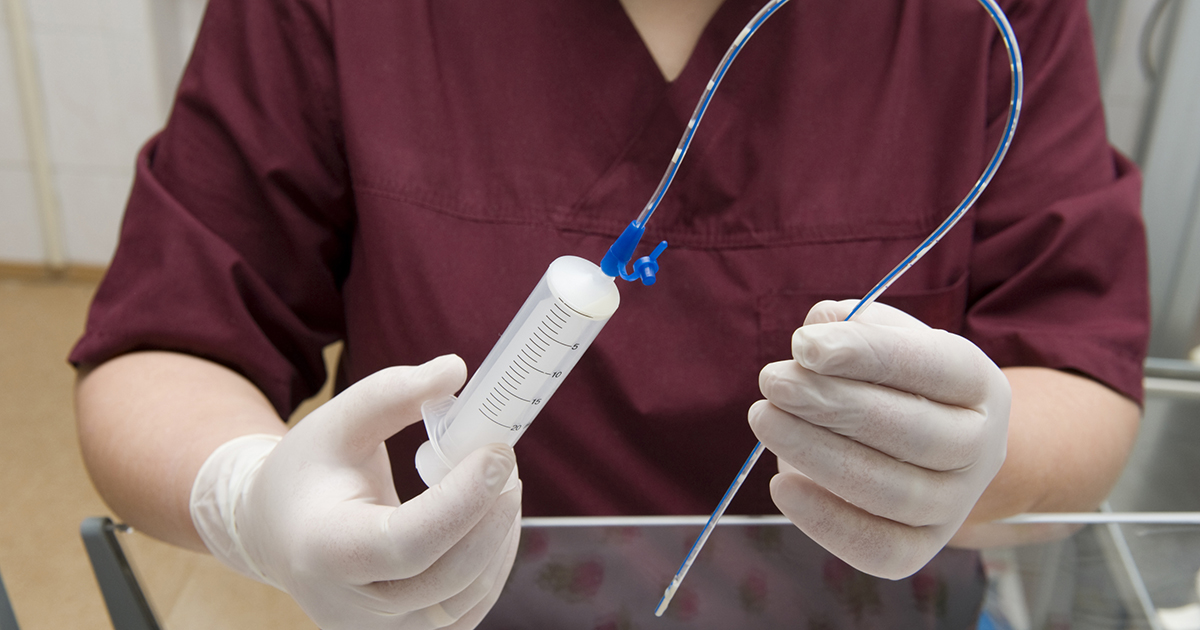Treatment Options For Dysphagia
Learning Swallowing Techniques
Dysphagia can cope with their condition by learning swallowing techniques. One of the most popular swallowing exercises is called the Shaker. For the Shaker exercise, the patient will be lying on their back and hoisting only their head. Their eyes will be the toes while their head is raised. Individuals must keep your head raised for one minute before lowering, where they can take another minute to rest the head before raising it again. It is recommended to do this at least three times per day.
Another technique called the Masako manuever is also shown to be effective for individuals who have difficulty swallowing. This exercise can help strengthen the muscles of the pharyngeal walls. The tongue should be between the teeth for this exercise, and patients will hold it in this position as they swallow.
Patients can also try effortful swallowing. In this exercise, they will try their best to swallow with or without the use of food. Additional techniques include the Mendelsohn maneuver, hyoid lift maneuver, and head rotation exercises.
Get the details on more ways to treat dysphagia now.
Feeding Tube Placement

As mentioned, dysphagia patients are a great risk for malnutrition. Therefore, they may need a feeding tube placement, otherwise known as percutaneous endoscopic gastrostomy. In this procedure, the doctor places the tube into the abdominal wall through an incision. This way, patients can get the food into their stomach without having to attempt swallowing it.
A 2016 study demonstrated the improvement of dysphagia grades in subjects following treatment with percutaneous endoscopic gastrostomy. In a review from 2012, a number of trials concluded this method was better at food delivery compared to nasogastric tube feeding. However, in one study, subjects treated with a nasogastric feeding tube saw better results compared to those who received a stent placement. The Journal of Neurology, Neurosurgery, and Psychiatry also reports nasogastric feeding helped ease dysphagia in stroke subjects during a 2003 trial.
Some researchers, however, are skeptical about the use of feeding tubes as it can cause complications. The doctor should provide details on what to expect with getting a feeding tube placement.
Learn more about how dysphagia is treated now.
